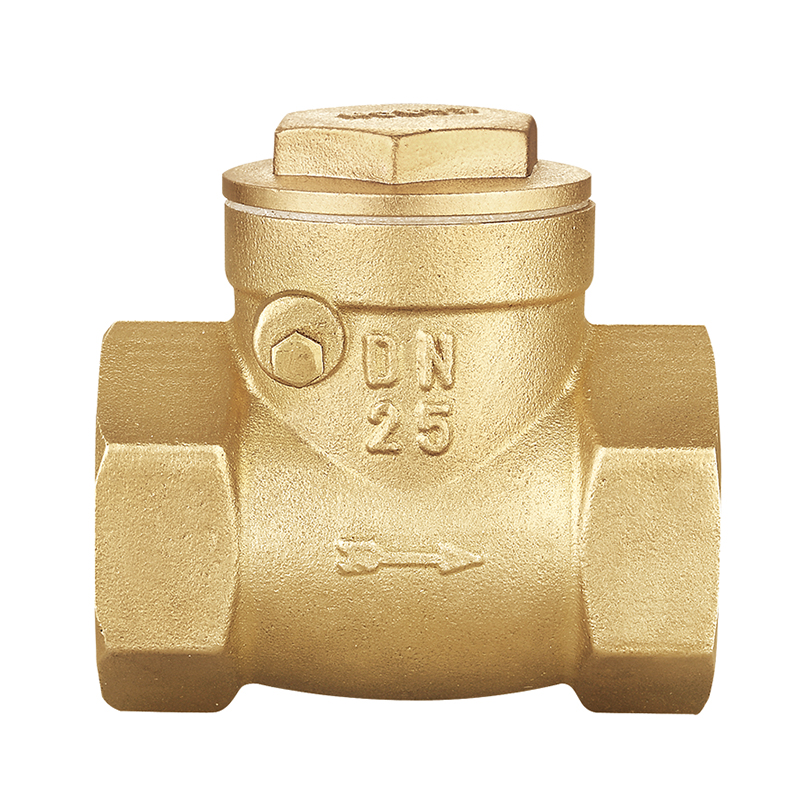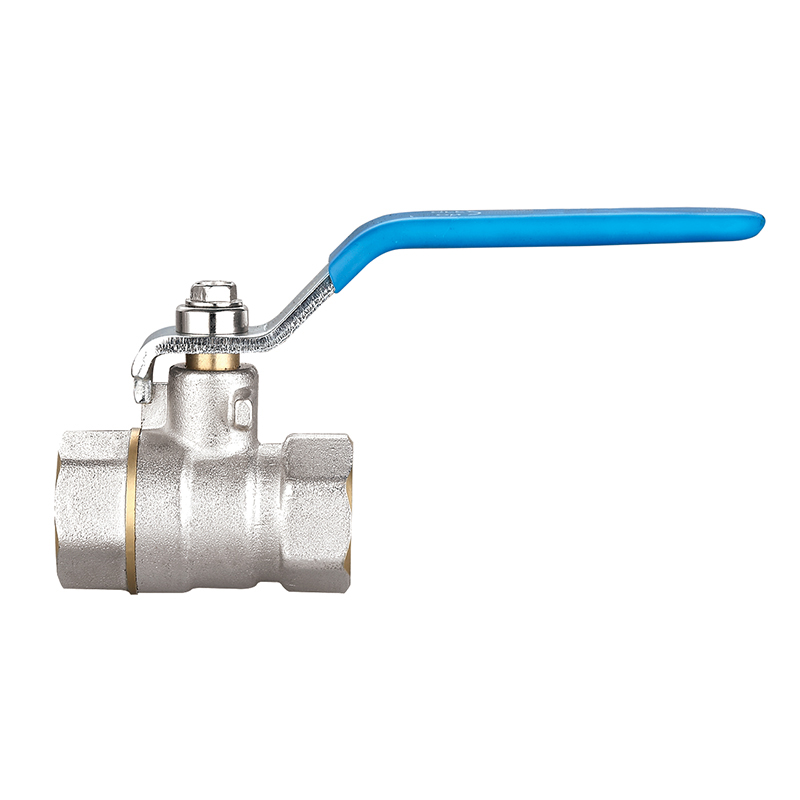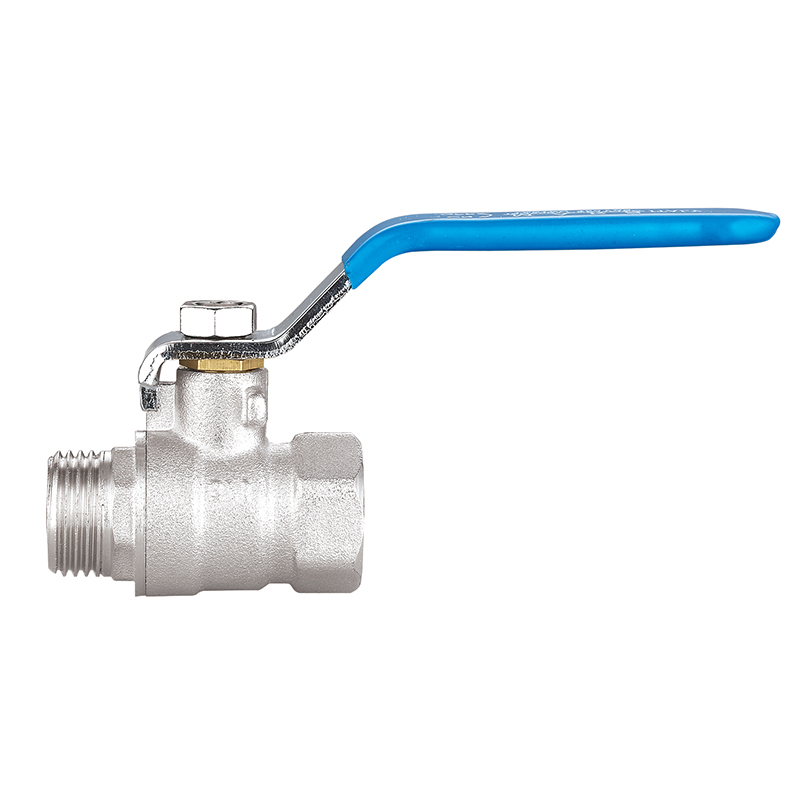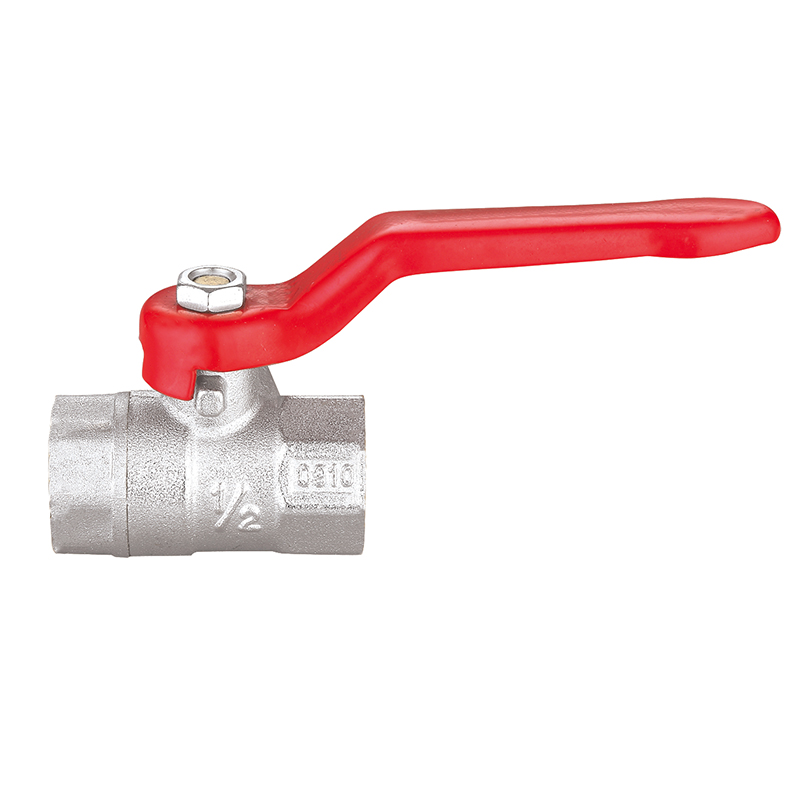Swing Check Valves: Ensuring Safe and Efficient Flow Control Across Industries
2025-07-11
In the world of fluid management, backflow prevention is a critical concern. One of the reliable and widely used solutions is the swing check valve—a simple yet highly effective component that plays a crucial role in protecting pipelines, pumps, and entire fluid systems from reverse flow. As global industries push for greater efficiency and reliability, swing check valves are seeing renewed focus and innovation.
While check valves as a category include various types such as lift check, ball check, and spring check valves, swing check valves are particularly favored for their robust construction, ease of maintenance, and suitability for large-diameter pipelines and low-pressure applications.
Understanding the Function of Swing Check Valves
A swing check valve operates using a hinged disc that swings open when fluid flows in the correct direction and automatically closes when the flow reverses. This non-return mechanism prevents potential damage caused by backflow, including pump failure, pressure surges (water hammer), and contamination of clean water lines.
Swing check valves are typically installed in horizontal pipelines and rely on gravity or fluid pressure to function. Their simple design—with moving parts—ensures durability and long service life, even under harsh operational conditions.
Key Applications Across Multiple Sectors
Swing check valves are found in a wide variety of settings, thanks to their ability to handle different fluid types and flow conditions. Common applications include:
Municipal Water and Wastewater Systems: Used to prevent contamination and protect pumping stations from reverse flow damage.
Oil and Gas Pipelines: Ensuring unidirectional flow in crude oil and natural gas transport systems, especially in long-distance pipelines.
Power Generation Facilities: Installed in steam and cooling water systems to safeguard pumps and maintain consistent pressure levels.
Industrial Processing Plants: Used in chemical manufacturing, food and beverage production, and pharmaceutical facilities to maintain process integrity.
Fire Protection Systems: Swing check valves play a vital role in fire suppression systems by preventing backflow into water supplies.

Material and Size Variations
Swing check valves are manufactured in a range of materials to suit different media and operational environments:
Cast Iron and Ductile Iron: Commonly used in municipal systems for water and sewage applications.
Carbon Steel and Stainless Steel: Chosen for high-temperature or corrosive environments such as petrochemical and industrial processing plants.
Bronze and Brass: Ideal for smaller systems, including residential and commercial plumbing installations.
They are available in various sizes, from small-diameter pipes in residential settings to large industrial pipelines exceeding 36 inches in diameter. The selection of valve material and size is critical to ensuring both performance and longevity.
Advantages of Swing Check Valves
Simple Operation and Design
With only one moving part (the disc), swing check valves offer low maintenance requirements and reduced chances of mechanical failure.
Low Pressure Drop
When fully open, the disc swings out of the flow path, resulting in resistance—an advantage in gravity-fed systems or systems that require efficient flow.
Cost-Effective
Compared to more complex valve types, swing check valves are generally more economical, especially in larger sizes.
Wide Compatibility
They can handle liquids, gases, slurries, and even viscous media, making them highly versatile.
Challenges and Engineering Solutions
While swing check valves are effective, certain limitations exist:
Slamming and Water Hammer: Rapid closure of the disc can cause pressure surges known as water hammer. To counter this, many modern designs include dampers or spring-loaded mechanisms to slow the closing process.
Orientation Restrictions: Traditional swing check valves must be installed horizontally to function correctly, though vertical installation designs are now available for limited flow conditions.
Debris Sensitivity: In unfiltered systems, debris can obstruct the disc. Solutions include using strainers upstream or selecting full-port designs to minimize blockage.
Innovations and Market Trends
Manufacturers are enhancing swing check valves with features such as:
Dual-plate and wafer-type configurations, which save space and reduce weight in compact systems.
Smart sensors that detect flow direction and valve position, feeding data into control systems for better diagnostics and preventive maintenance.
Corrosion-resistant linings and coatings, such as epoxy or Teflon, extend service life in aggressive media environments.
Whether you want to become our partner or need our professional guidance or support in product selections and problem solutions, our experts are always ready to help within 12 hours globally.




 русский
русский Español
Español عربى
عربى





